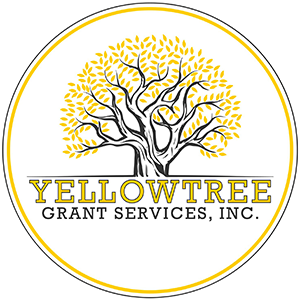Using the Evaluation Criteria to Develop Grant Proposals
It is fair to assume that the most important information about a funding opportunity is typically at the start of an application guide or on the funder's website. However, the evaluation criteria, which specify the guidelines for evaluating and rating grant proposals, often hold valuable nuggets of information about the funder's priorities.
For example, examining the evaluation criteria for a mental health support call for children and youth shows a higher value assigned to programs serving rural or remote communities. This insight into the funder's priorities helps you to focus on specific areas of your proposal and can even guide your decision to apply.
Consider these tips:
When reviewing the grant application guidelines—always the first step—look very carefully at the evaluation criteria, which will typically include information about goals and objectives, project methodology (e.g., involving those with lived experience), budget, sustainability, and impact assessment. These criteria often include assessment values.
Understanding the evaluation criteria will help you highlight how your project addresses their specific areas of interest. Address each evaluation criterion with clear, detailed, and concise responses. Be explicit about how your project meets each requirement. Avoid using a “one-size-fits-all approach” and customize the proposal to match the evaluation criteria.
Create specific, measurable goals with corresponding success benchmarks aligned with the evaluation criteria. That said, don’t create indicators that are not possible to deliver on!
Ensure your budget aligns with evaluation criteria requirements (e.g., adhering to specified limits for individual participant support).
Support documents like letters or testimonials should emphasize priority evaluation criteria,(e.g., your ability to deliver in rural communities)
Reflect the language and terminology used in the evaluation criteria in your application to make it easier for the reviewers to connect your proposal with their guidelines.
A final suggestion: in the absence of a form, use the evaluation criteria as a guide to sequentially develop the grant proposal (mirror the order). This will help ensure you address the funder’s expectations and make it easier for the review panel to assess.
